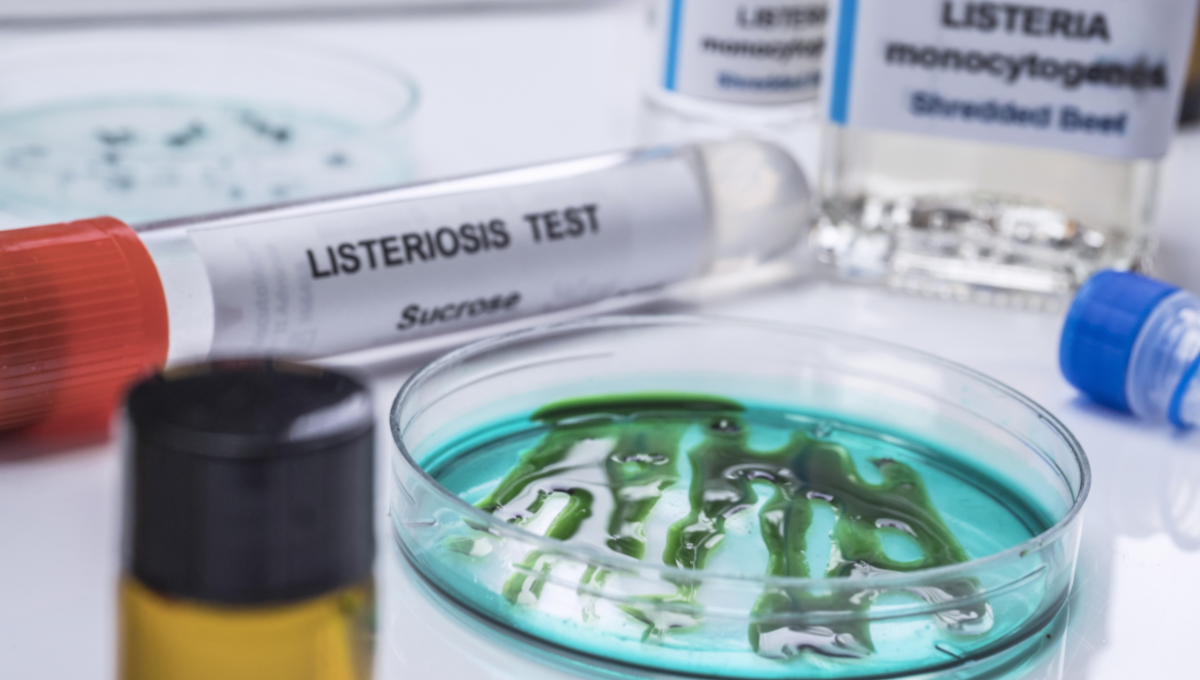
The number of patients hospitalized with Listeria monocytogenes in Spain has increased significantly since 2000. Researchers said the findings should raise concerns about the health burden of listeriosis, especially in older people and the immunocompromised. Data on Listeria monocytogenes hospitalizations from 2000 to 2021 came from the Spanish National Hospital Discharge Database.
In 2015, the Spanish Government declared listeriosis a mandatory notifiable disease. A study in the International Journal of Infectious Diseases shows that from 2000 to 2021, 8,152 hospital admissions with a diagnosis of Listeria monocytogenes were identified. The mean length of admission was 20.

5 days, and the mean age was 59.5 years old. 4,747 were male, 540 were pregnant women, and 3,196 were immunosuppressed patients.
The in-hospital mortality rate for patients with listeriosis during the study period was 16.7 percent. Impact of COVID-19 and large outbreak The rate of Listeria monocytogenes admissions increased significantly from 5 admissions per 1 million population in 2000 to 8.
9 in 2021. However, it decreased in 2020, driven by measures to control the COVID-19 pandemic. In 2019, a large rise in both incidence and mortality was seen, associated with the largest listeriosis outbreak in Europe.
It occurred in Andalusia and was related to the consumption of stuffed pork from a producer called Magrudis. A total of 207 microbiologically confirmed patients, and more than 3,000 suspected cases were detected. Three people over the age of 70 died.
In the study, the number of deaths because of Listeria monocytogenes rose from 7.8 per 100,000 deceased in 2000 to 18 per 100,000 deceased population in 2021. Age over 65 years old, sepsis, meningoencephalitis, endocarditis, neonatal listeriosis, and immunosuppression were all independently associated with death.
Research revealed a growing impact of Listeria monocytogenes on the most vulnerable patients. Similar trends have been seen in other countries. Scientists said the rise in hospital admissions and mortality over time in patients with Listeria monocytogenes was mainly driven by the increased proportion of elderly and immunosuppressed patients.
“Our findings increase concern about the health burden of listeriosis in Spain. Despite being declared a mandatory notifiable disease by the Spanish Ministry of Health in 2015, our analysis of hospitalizations shows that, far from improving, numbers are getting worse,” they said. “Specific programs addressing surveillance and prevention of human listeriosis are warranted.
Additional measures should be taken to prevent foodborne contagion and animal reservoir outbreaks.” (To sign up for a free subscription to Food Safety News, click here .).














